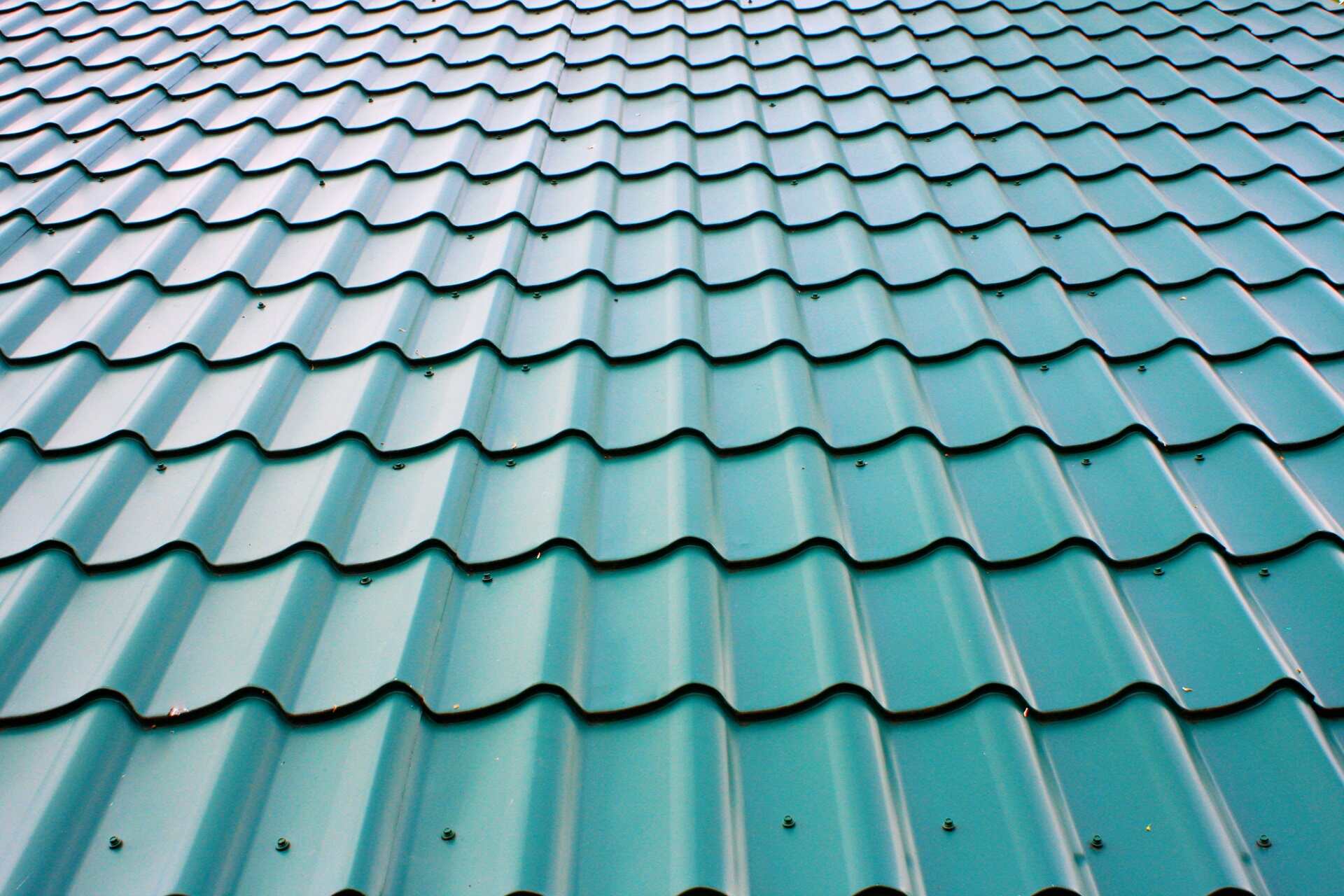Green roofing solutions are revolutionizing how we think about urban spaces and building sustainability. By transforming traditional roofs into living ecosystems, green roofs offer numerous benefits for both the environment and homeowners. This innovative approach involves covering rooftops with vegetation, which not only enhances the aesthetic appeal but also provides practical advantages.
One of the most compelling reasons to consider a green roof is its environmental impact. A well-designed green roof can reduce urban heat islands, support biodiversity, and improve air quality. These roofs act as natural insulators, helping to regulate building temperatures and reducing the need for artificial heating and cooling. Moreover, green roofs can absorb rainwater, reducing the strain on drainage systems and minimizing the risk of flooding.
In addition to the environmental perks, green roofs also offer significant economic benefits. While the initial installation costs may be higher than traditional roofing, the long-term savings on energy bills and potential tax incentives can make up for the upfront expense. Furthermore, green roofs can extend the lifespan of the roof membrane by protecting it from harsh weather conditions, leading to fewer repairs and replacements. Understanding these benefits can help homeowners make informed decisions about investing in green roofing solutions.
What Is a Green Roof?
A green roof, also known as a living roof, is a roofing system covered with vegetation and soil planted over a waterproof membrane. These roofs can be installed on any building, from residential homes to commercial properties, and they offer a sustainable way to improve urban environments. Green roofs come in two primary types: extensive and intensive. An extensive green roof has a shallow growing medium, typically less than six inches deep, and is planted with hardy, low-maintenance vegetation like sedums and grasses. These roofs are lighter and require less maintenance.
In contrast, intensive green roofs are more like roof gardens. They have a deeper growing medium, often more than six inches, allowing for a wider variety of plants, including shrubs and small trees. Intensive roofs are heavier and require more care, including regular watering and pruning. The basic components of a green roof include a waterproof membrane to prevent leaks, a root barrier to protect the underlying structure, a drainage layer to manage water flow, and a growing medium for the plants. These layers work together to create a living, breathing ecosystem atop your building.
Environmental Benefits of Green Roofs
Green roofs offer many environmental benefits that make them a smart choice for eco-conscious homeowners and businesses:
1. Reducing Urban Heat Islands: Green roofs help to cool the air and reduce the urban heat island effect. This occurs when cities become significantly warmer than surrounding areas due to human activities and infrastructure. The vegetation on green roofs absorbs and reflects heat, helping to lower temperatures in the immediate environment.
2. Improving Air Quality: Plants on green roofs can filter pollutants and carbon dioxide out of the air, producing cleaner, healthier air for urban areas. This is particularly beneficial in densely populated cities with high levels of air pollution.
3. Supporting Biodiversity: Green roofs can provide a habitat for various species of insects and birds, especially in urban areas where natural green spaces are limited. By fostering biodiversity, green roofs contribute to the ecological health of a region.
4. Water Management: Green roofs can absorb and retain rainwater, reducing runoff and the risk of flooding. The plants and soil act as natural sponges, gradually releasing water into the atmosphere and drainage systems.
5. Energy Efficiency: The insulating properties of green roofs help to keep buildings cooler in the summer and warmer in the winter. This reduces the need for heating and air conditioning, leading to lower energy consumption and greenhouse gas emissions.
These environmental advantages make green roofs a compelling choice for anyone looking to contribute to a more sustainable and healthier urban environment.
Economic Advantages of Green Roofing
Green roofs are not just beneficial for the environment; they can also offer significant economic advantages. One of the primary financial benefits is the reduction in energy costs. Green roofs act as natural insulators, helping to keep buildings cooler in the summer and warmer in the winter. This insulation reduces the need for heating and cooling systems, leading to lower energy bills. Over time, these savings can offset the initial costs of installing a green roof.
In addition to energy savings, green roofs can extend the lifespan of the roofing membrane. The vegetation and soil layer protect the roof from harmful UV rays and extreme temperature fluctuations, which can cause wear and tear on traditional roofing materials. By shielding the roof, green roofs reduce the need for repairs and replacements, providing long-term cost savings.
Moreover, green roofs can qualify for various tax incentives, grants, and rebates offered by local and federal governments. These financial incentives are designed to encourage sustainable building practices and can significantly reduce the overall cost of installing a green roof. Additionally, green roofs can increase the property value of your home by improving its energy efficiency and aesthetic appeal, making it a worthwhile investment.
How to Maintain a Green Roof
Maintaining a green roof requires regular care to ensure the vegetation stays healthy and the system functions properly. One of the most important tasks is regular watering, especially during dry periods. While some green roofs have irrigation systems, others may require manual watering to sustain the plants. Consistent watering helps the vegetation thrive and maintain its insulating properties.
In addition to watering, regular weeding is essential to prevent unwanted plants from taking over. Weeds can compete with the intended vegetation for nutrients and water, potentially harming the overall health of the green roof. It’s also important to monitor the types of plants on your roof and replace any that are not thriving. Selecting hardy plants that are well-suited to the local climate can reduce the need for frequent replacements.
Checking the drainage systems of your green roof is another critical maintenance task. Proper drainage prevents water from pooling on the roof, which can lead to leaks and structural damage. Make sure that the drainage layers are clear of debris and functioning correctly. Periodic inspections by a professional can help identify and address any issues early, ensuring the longevity and effectiveness of your green roof.
Final Thoughts
Green roofing solutions offer a wide range of benefits, from environmental advantages to significant economic savings. By adopting this innovative approach, we can contribute to a more sustainable and healthier urban environment while enjoying cost savings and enhanced property value. As we’ve discussed, the advantages of green roofs extend beyond aesthetics, providing practical benefits like improved air quality, reduced energy bills, and increased roof lifespan.
At Mega Pro, we believe in harnessing the power of green roofing to create sustainable and efficient homes. Investing in a green roof can be a transformative decision for your property. If you’re considering upgrading to a green roofing solution, contact Mega Pro’s professional roofing contractors today to explore your options and start benefiting from this eco-friendly innovation.


